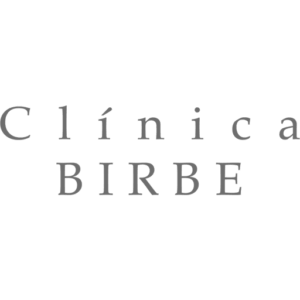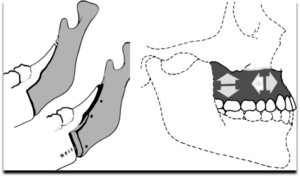If this sentence is going through your head: “I will undergo an orthognathic surgery and I want to know the risks there are”
Well, let’s start by talking about the risks when it comes to the anesthesia, which in a population of healthy patients as the orthognatic surgery patients are, we could place one problem in every 750000 anesthesia. To put it in relative terms, is much more dangerous a travel by car.
And what are the risks of orthognathic surgery?
Good news. The orthognathic surgery in expert hands is very safe. Intraoperative bleeding is minimal and it usually does not represent any problem.
Is there a risk of injury of neighboring structures?
- In jaw surgery, you must bear in mind that there is a nerve that runs through inside the jaw and by the own edema of the intervention, or the orthognatic movement of the jaw, can transmit a quality of nerve signal lower than the surrounding areas. Being a sensitive nerve, it does not affect the mobility of the lip, but the sensitivity of the lateral side of the lower lip. Once resolved the phase of edema, sensitivity usually recovers without a problem.
- Other structures to monitor are the lingual nerve or the teeth close to the areas of intervention. Under expert hands, these risks are minimized and represent less than 1% of cases.
As you can see, and although passing by any operation is not a pleasant procedure, orthognathic surgery is not a risky operation, but above all it is important to not have any doubt in this respect and that your surgeon will explain well the intervention to which you will submit.



